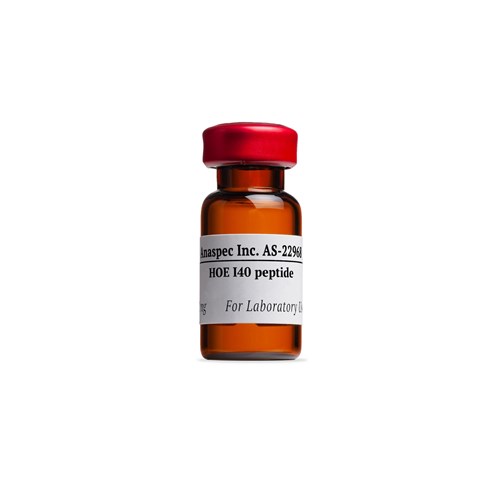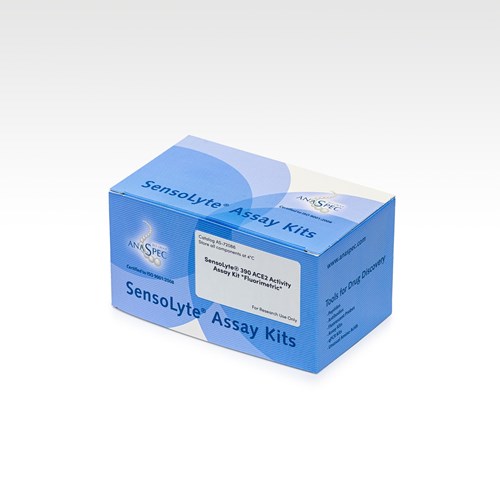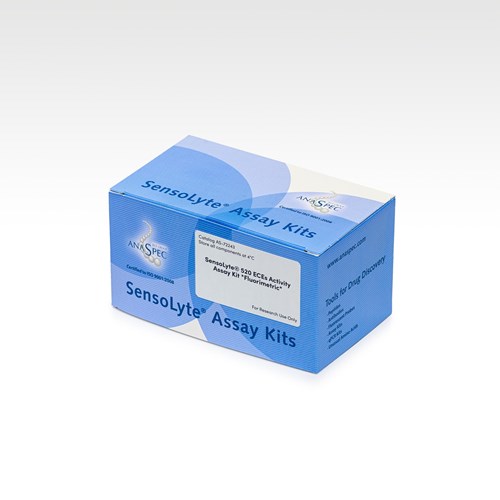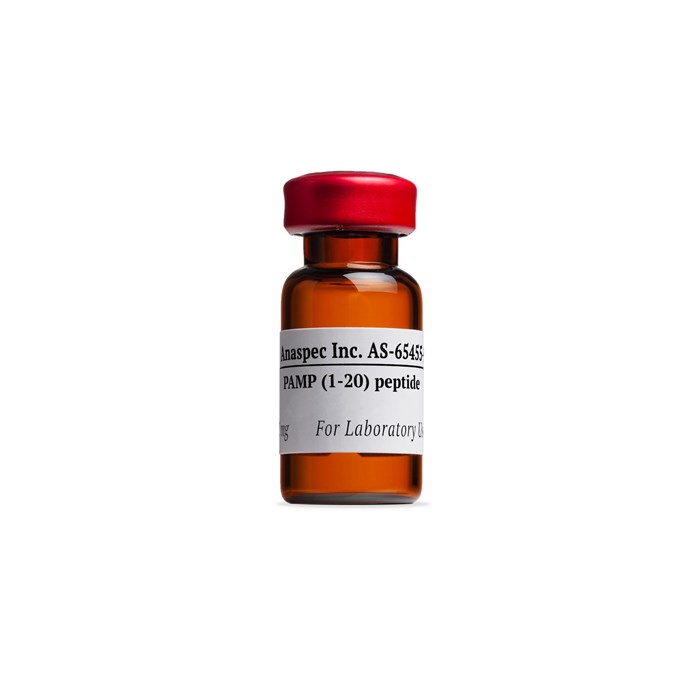Proadrenomedullin N-term peptide, PAMP (1-20) - 5 mg
- Cat.Number : AS-65455-5
- Manufacturer Ref. :
-
Availability :
In stock
Alternative choices
PAMP (1-20) is a biologically active molecule produced by posttranslational processing of proadrenomedullin. This peptide is found in a variety of tissues and exerts important biological activities through specific cell surface receptors. PAMP (1-20) is involved in many physiological processes, including vasodilation, bronchodilation, hormone secretion, cell migration, apoptosis, and angiogenesis. This peptide has been implicated in the pathophysiology of several diseases such as renal and cardiovascular disorders, stroke, cancer, and diabetes.
Specifications
| Chemistry | |
| Sequence one letter code |
|
|---|---|
| Sequence three letter code |
|
| CAS registry number |
|
| Molecular Formula |
|
| Molecular Mass/ Weight |
|
| Modification | |
| Conjugation |
|
| Quantity & Purity | |
| Purity |
|
| Storage & stability | |
| Form |
|
| Storage Conditions |
|
| Activity | |
| Biomarker Target | |
| Research Area | |
| Sub-category Research Area | |
| Usage |
|
| Source | |
| Source / Species |
|
Downloads
You may also be interested in the following product(s)



References
Identification of MrgX2 as a human G-protein-coupled receptor for proadrenomedullin N-terminal peptides
Biochem Biophys Res Commun . 2005 May 20 ; 330(4) 1146 | DOI : https://doi.org/10.1016/j.bbrc.2005.03.088
- M. Kamohara
- et al
Proadrenomedullin N-Terminal 20 Peptide
Hypertension . 1998 Nov 01 ; 32 907 | DOI : https://doi.org/10.1161/01.HYP.32.5.907
- M. Mahata
- et al

